Review Summary
Expert Rating
Since its comeback, Micromax has been launching smartphones in and around the budget segment in India. Its latest smartphone, the Micromax In 2C, is in line with that strategy. The handset is a follow-up of last year’s Micromax In 2B, which was rated as a ‘safe choice in the budget segment’ by us. Has the company pulled off another safe choice for budget buyers with the Micromax In 2C? Read on to find out in this review.
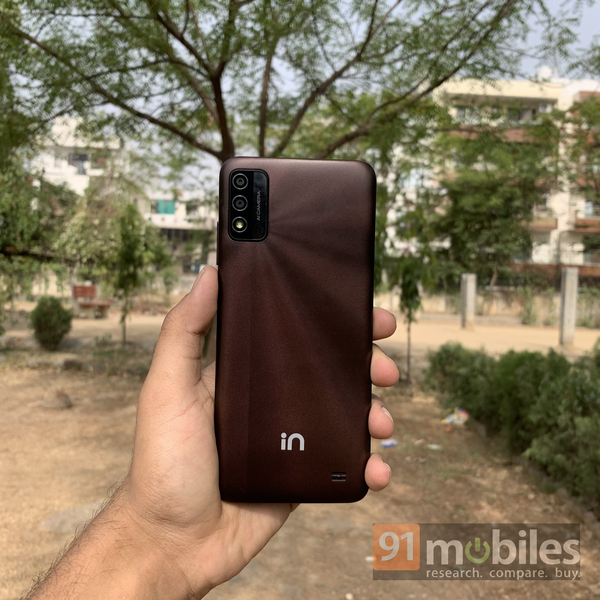
Verdict
The Micromax In 2C has a few things working for it, including a great design, all-day battery life, and clean software. However, the handset feels like a missed opportunity. Instead of improving things over the Micromax In 2B, the 2C comes with downgraded cameras and performance.
The lowdown
- The Micromax In 2C has the same elegant and slender design as the In 2B. The handset is fashioned out of solid, plastic, which doesn’t creak or flex when pressure is applied. The phone has a two-tone gradient finish, with a matte texture around the back, which works better than a glossy finish as it doesn’t attract fingerprints. Sadly, the same cannot be said for the edges. There the phone is all clean plastic and attracts smudges, especially if you’ve got sweaty hands like me. It also makes the Micromax In 2C a bit slippery. We would advise you to keep the phone in a case to avoid any damage. The case will also prevent the handset from wobbling while lying flat on a surface as the rectangular camera module juts out of the frame a bit too much. Now, barring the rear-mounted speaker grille, everything else on the Micromax In 2C is where it should be. The USB Type-C port is at the bottom edge alongside the 3.5mm jack and a microphone, while on the left, the handset packs a SIM ejector tray. The power button and volume rocker are conveniently placed on the right spine.
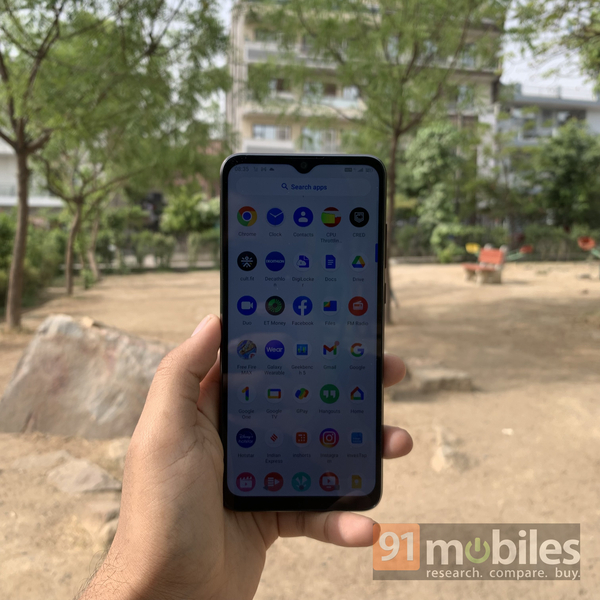
- In addition to the design, the Micromax In 2C has the same 6.5-inch display of IPS LCD variety that bears HD+ resolution, 60Hz refresh rate, and a waterdrop notch for the selfie camera. The display is not entirely edge-to-edge but offers an immersive viewing experience. The display quality of the Micromax In 2C is on par with other budget smartphones. It offers a respectable viewing angle and colour accuracy. However, I found the brightness to be on the lower side, making it slightly difficult to use under the sun. The handset is Widevine L3 certified, which means it can only stream content at SD or 480p quality from Netflix and other streaming platforms.
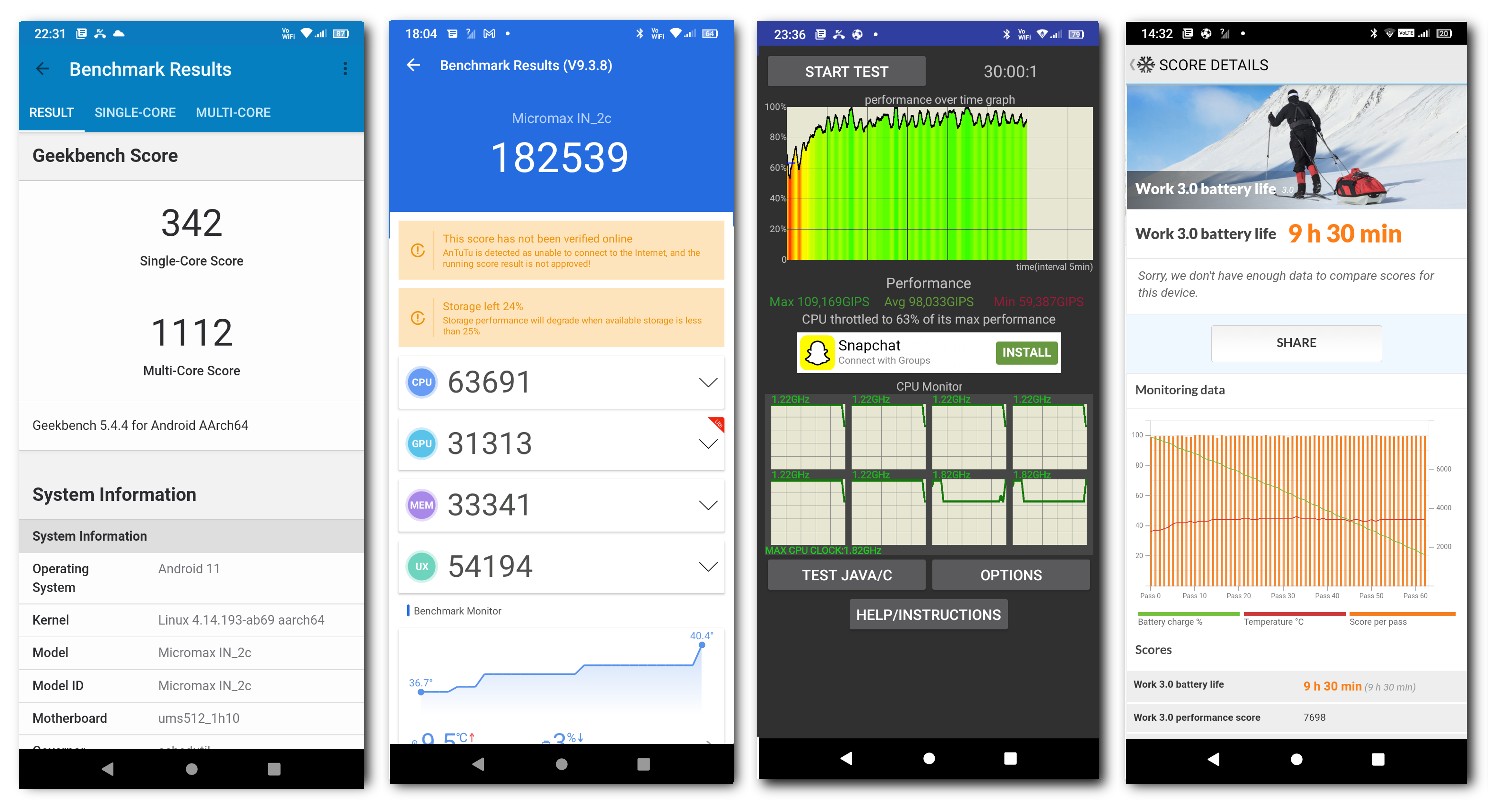
- Under the hood, the Micromax In 2C rocks a 1.8GHz octa-core UniSoC T610 chipset. It’s a capable chipset for a budget smartphone, but I felt it not to be the case with the Micromax smartphone. The phone struggled in both synthetic benchmarks as well as daily usage. To give you a clearer picture, the Micromax In 2C scored 342 points in the single-core test and 1,112 points in the multi-core test in Geekbench. This is slightly lower than the Micromax In 2B’s Geekbench score, which packs the same chipset. This could be because of the memory. The Micromax In 2C employs 3GB of RAM as opposed to 4GB on the 2B. In day-to-day usage, I did notice some lags with even the most basic apps such as messages and phone. Now, the phone can load up games like BGMI, but it doesn’t offer a great experience. There were a lot of stuttering and noticeable frame drops during my usage. What’s more, you will be out of storage in no time on this phone. The Micromax In 2C comes with just 32GB of onboard storage, which is quite low in this day and age. While the storage is user expandable up to 256GB using a microSD card, we would advise against downloading heavy games on this device and multi-tasking.
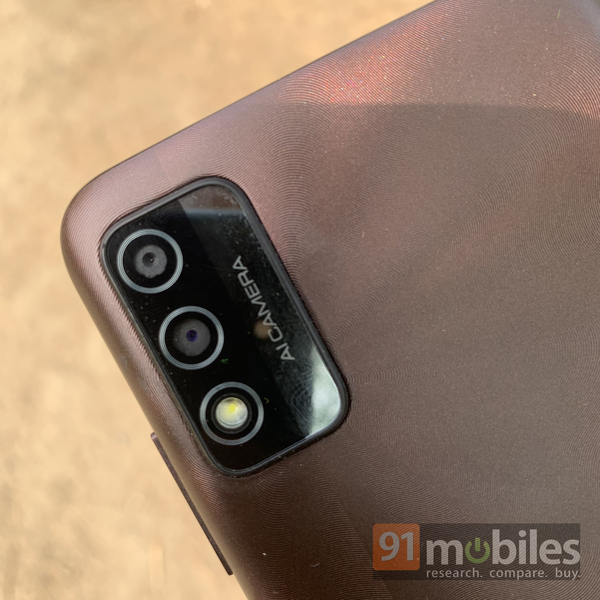
- Micromax In 2C cameras are as basic as they get. The handset packs a dual-camera setup, with an 8MP primary sensor and a depth sensor, at the back. Up front, there is a 5MP sensor in the waterdrop notch for selfies and video calling. The cameras are backed by autofocus, HDR, and a bunch of modes such as Panorama, Burst Mode, Time Lapse, Face Beauty, Night mode, Slow motion, Pro mode, and more. The results weren’t too shabby in ample lighting conditions. The front and rear cameras of the phone managed to capture the essence of the scene; however, I do like to point out that HDR overdid things a little. It added a cold tone to the images, which made the colours brighter than they were. In low light, the Micromax In 2C cameras struggled. There was a lot of noise and the details got lost in the darkness. Even the dedicated night mode didn’t offer much help. The portrait mode of the handset offered unnatural shots despite the option to set blurriness manually. It didn’t do a good job at edge detection as well.
- Keeping the lights on is a 5,000mAh battery, which during my usage lasted for an entire day. I used the Micromax In 2C for activities such as messaging, voice calls, and occasional social media scrolling. On days I played games or streamed shows on this device, there was a slight drop in the battery life. The handset supports a standard 10W fast charging, which takes somewhere around 2-3 hours to juice up the device from zero to 100 percent.
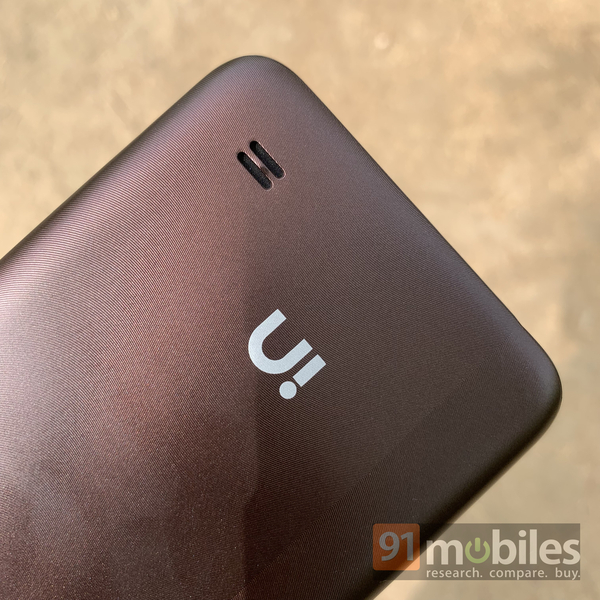
- Software-wise, the Micromax In 2C runs a near-stock version of Android 11 out of the box. There’s no bloatware, and the navigation is simple. There is no fingerprint scanner on the phone, but it does get face unlock and other software-backed security options such as PIN, password, and pattern. The Micromax In 2C’s speaker quality is quite average and gets easily muffled by my hand, owing to its placement. That said, the 4G LTE speed on Airtel’s Faridabad circle was acceptable.
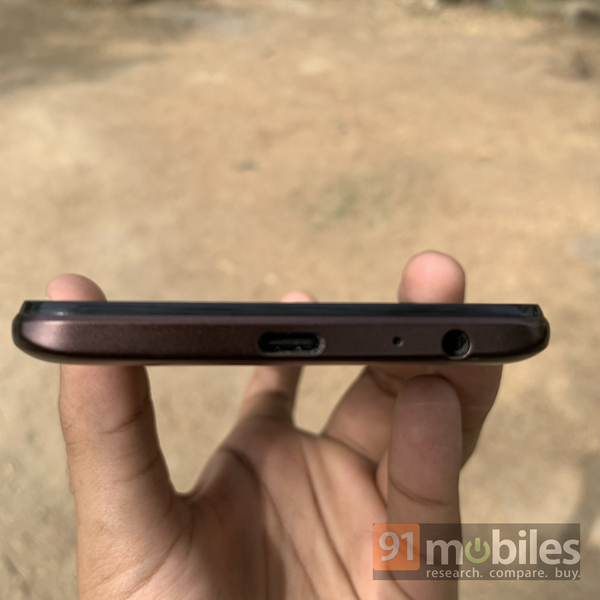
Final Verdict
The Micromax In 2C seems to be a cut-down version of the In 2B from last year, with the same chipset, design, display, and battery. The cameras, RAM, and storage have been toned down a little to make the smartphone a bit more affordable to buyers. The Micromax In 2C is priced at Rs 8,499 in India, and that is where things get interesting. For Rs 500 more, you can get Micromax In 2B, which in addition to better cameras and performance offers a fingerprint scanner, or the Infinix Hot 11 2022 (review).
If exceeding the budget is not an option for you, then check out the Redmi 10A, which offers a better chipset than the Micromax smartphone. However, the software on the Redmi smartphone is not as clean and minimalistic as the In 2C.
Editor’s rating: 3 / 5
Pros
- Clean software
- Good design
- All-day battery life
Cons
- No fingerprint scanner
- Cameras need improvement
- Low RAM and storage
 | Rs. 5,899.00 | Go To Store |



























